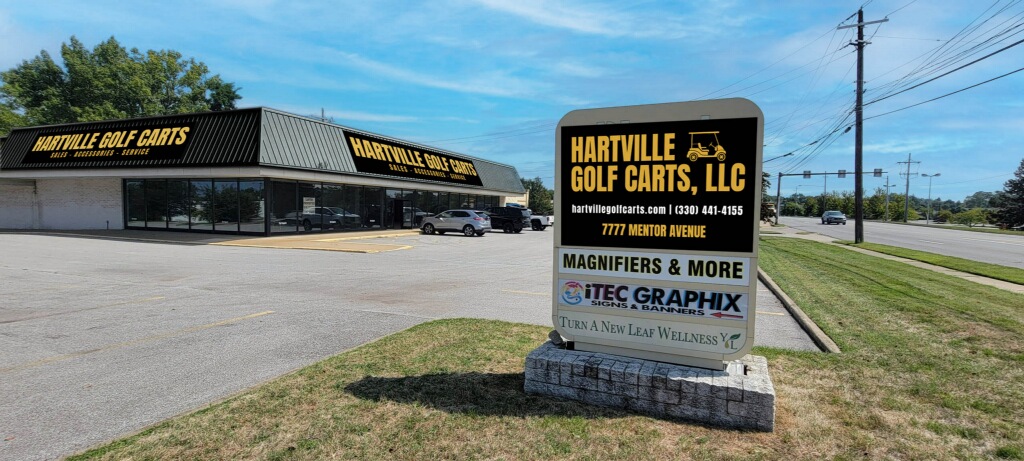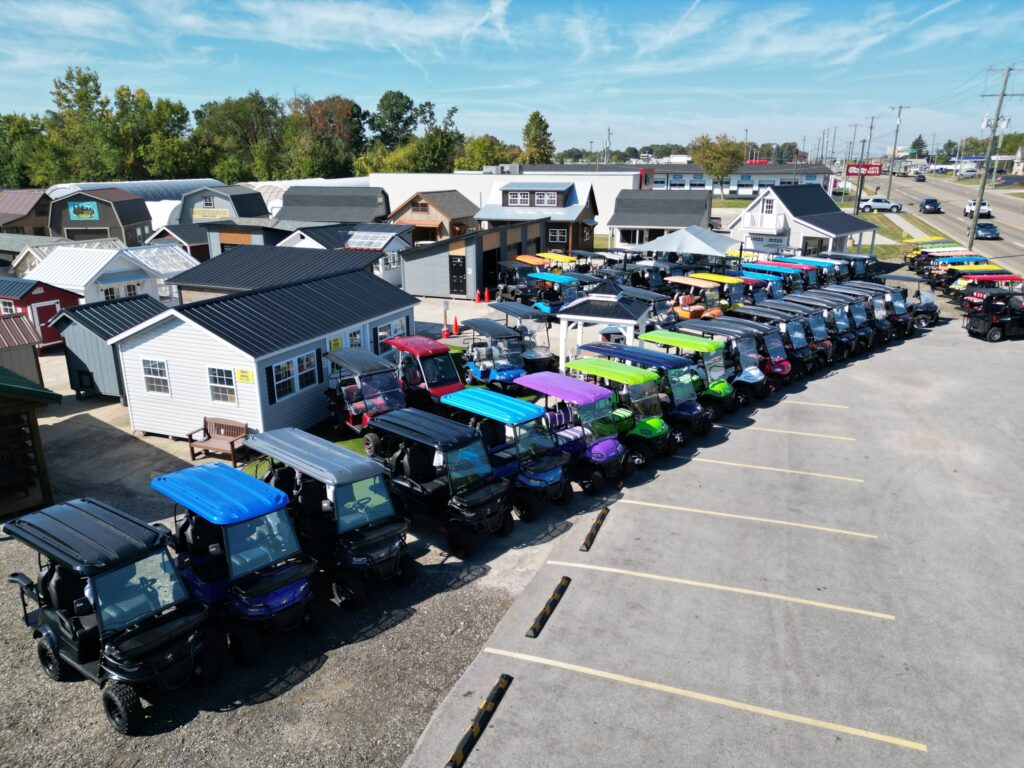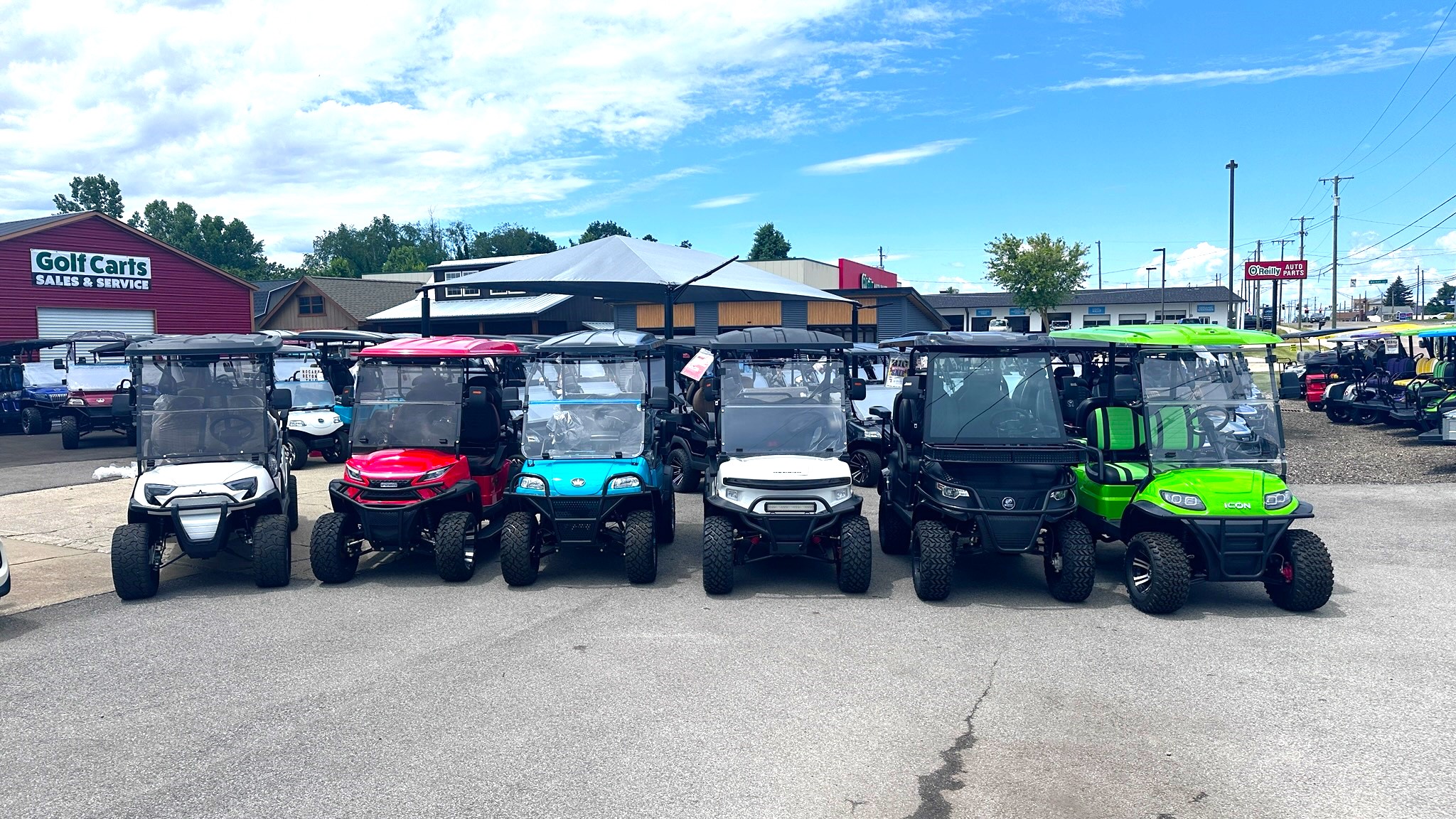In this article, we will discuss low-speed vehicles and many other factors, including their definitions, purposes, benefits, reasons for using them, and locations.
In a fast-paced world where innovation shapes our daily lives, transportation is no exception. One such innovation gaining prominence is the Low-Speed Vehicle (LSV). But what exactly is an LSV, and how does it fit into the modern mobility landscape? In this comprehensive guide, we aim to shed light on the concept of Low-Speed Vehicles, their purpose, key characteristics, and benefits. Let’s dive into the world of LSVs and discover the practical and sustainable solutions they offer.
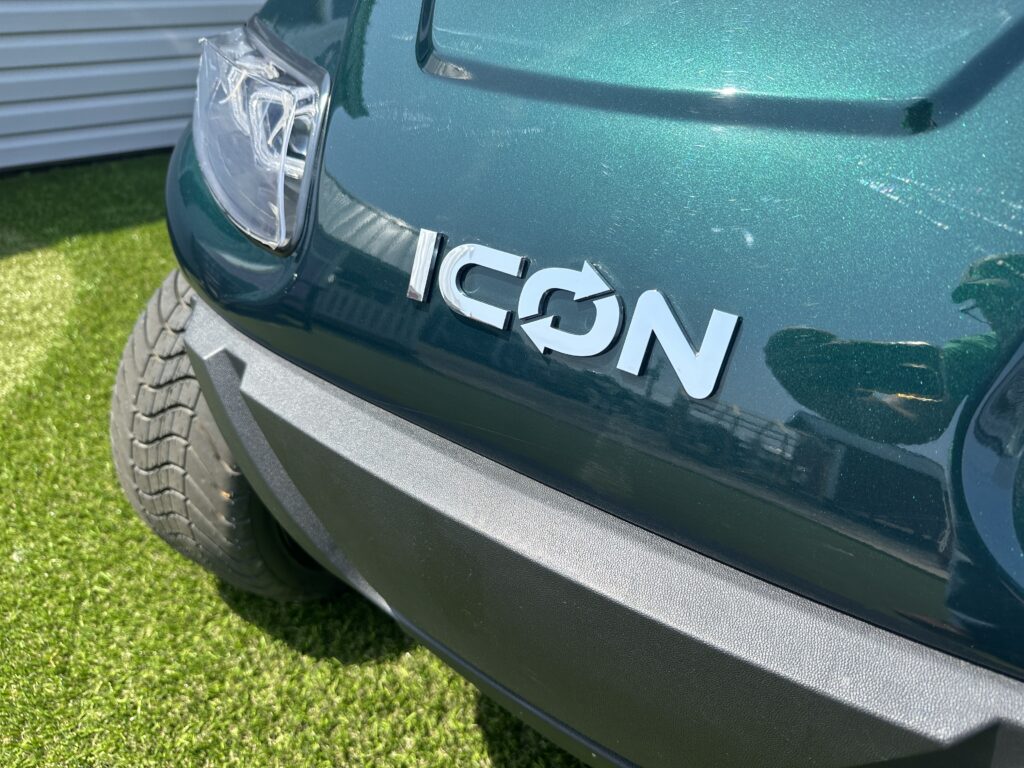
Defining LSVs
Let’s start by defining a low-speed vehicle (LSV): a compact, electric, or gas-powered vehicle designed for travel at low speeds. These vehicles are typically four-wheeled and have a maximum speed of 20 to 25 miles per hour. LSVs are not to be confused with golf carts, as they serve a distinct purpose in transportation.
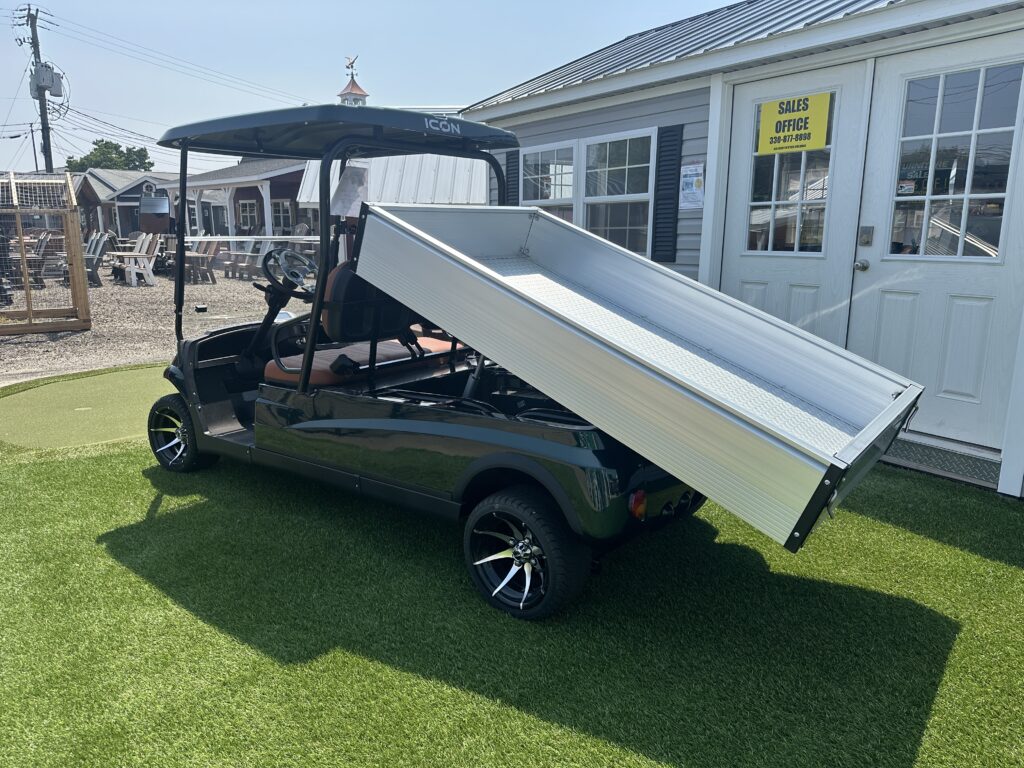
What is the purpose of a Low-Speed Vehicle?
Their primary purpose is to offer convenient, eco-friendly, and efficient transportation within specific environments. Low speed vehicles aren’t only used on the golf course. LSVs are alternative transportation utilized in retirement communities and residential neighborhoods to provide residents with accessible mobility.
Universities and large corporate campuses deploy LSVs to facilitate convenient transportation for students, faculty, and employees. In tourist destinations, LSVs serve as an ideal mode of transportation for sightseeing, resort shuttles, and exploring local attractions.
Low-speed vehicles are engineered with specific use cases in mind, offering a range of practical applications:
- Neighborhood Transportation: LSVs are commonly used within gated communities, retirement communities, and residential neighborhoods to provide convenient and eco-friendly transportation for residents.
- Campus Mobility: Many universities and large corporate campuses employ LSVs as a sustainable means of transportation for students, faculty, and employees, reducing the need for larger vehicles.
- Resort and Tourism: In tourist destinations, LSVs serve as a convenient mode of transportation for sightseeing, resort shuttles, and exploring local attractions.
- Urban Mobility: In some urban regions, low speed vehicles are used for short-distance commuting, making them an environmentally conscious alternative to conventional cars.
- Commercial and Industrial Use: Due to their compact size and efficiency, some businesses utilize LSVs for on-site transportation in warehouses, factories, and large industrial complexes.

Key Characteristics of LSVs
Low-speed vehicles (LSVs) possess several characteristics that set them apart from traditional vehicles. One of the most defining features of LSVs is their speed limit, which typically ranges from 20 to 25 miles per hour. This limitation ensures safe operation within designated areas. LSVs come equipped with various safety features, including seat belts, headlights, taillights, and turn signals, enhancing visibility and security for passengers.
Low-Speed Vehicles exhibit several distinguishing characteristics:
- Speed Limit: LSVs are legally restricted to lower speeds than regular vehicles, ensuring safety within designated areas.
- Safety Features: They come equipped with seat belts, headlights, brake lights, taillights, turn signals, an exterior mirror, and a parking brake, enhancing visibility and security.
- Electric or Gasoline-Powered: LSVs can be powered by electricity or gasoline, providing flexibility regarding energy source and environmental impact.
- Compact Design: Their compact design allows easy maneuverability in tight spaces, making them suitable for urban environments.
- Limited Highway Use: LSVs are not intended for use on highways or high-speed roadways due to their lower speeds.
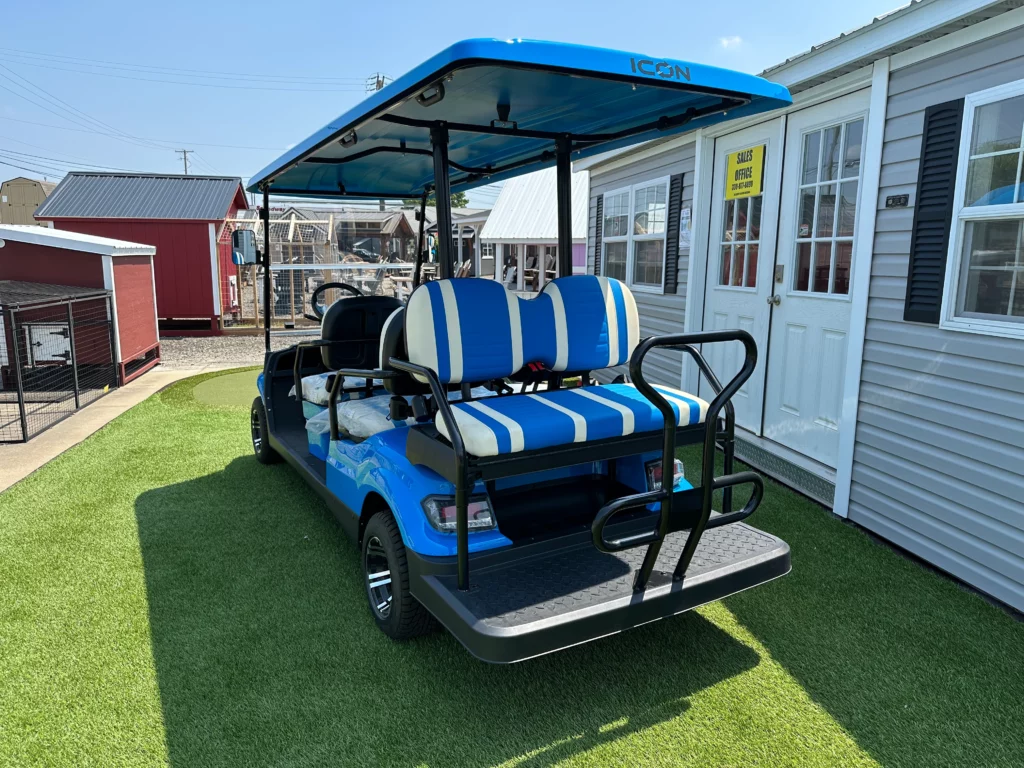
Benefits Of LSVs
There are several advantages associated with Low-Speed Vehicles:
- Eco-Friendly: LSVs are typically electric, contributing to reduced greenhouse gas emissions and lower fuel consumption.
- Cost-Effective: They are more affordable to purchase and operate than traditional vehicles, making them an economical choice for short-distance travel.
- Reduced Traffic Congestion: LSVs help alleviate traffic congestion in urban areas by providing an efficient mode of transportation for short trips.
- Minimal Noise Pollution: Electric LSVs produce minimal noise pollution, contributing to quieter and more peaceful neighborhoods.
- Accessibility: Their low speed and ease of use make LSVs accessible to many individuals, including those with mobility challenges.
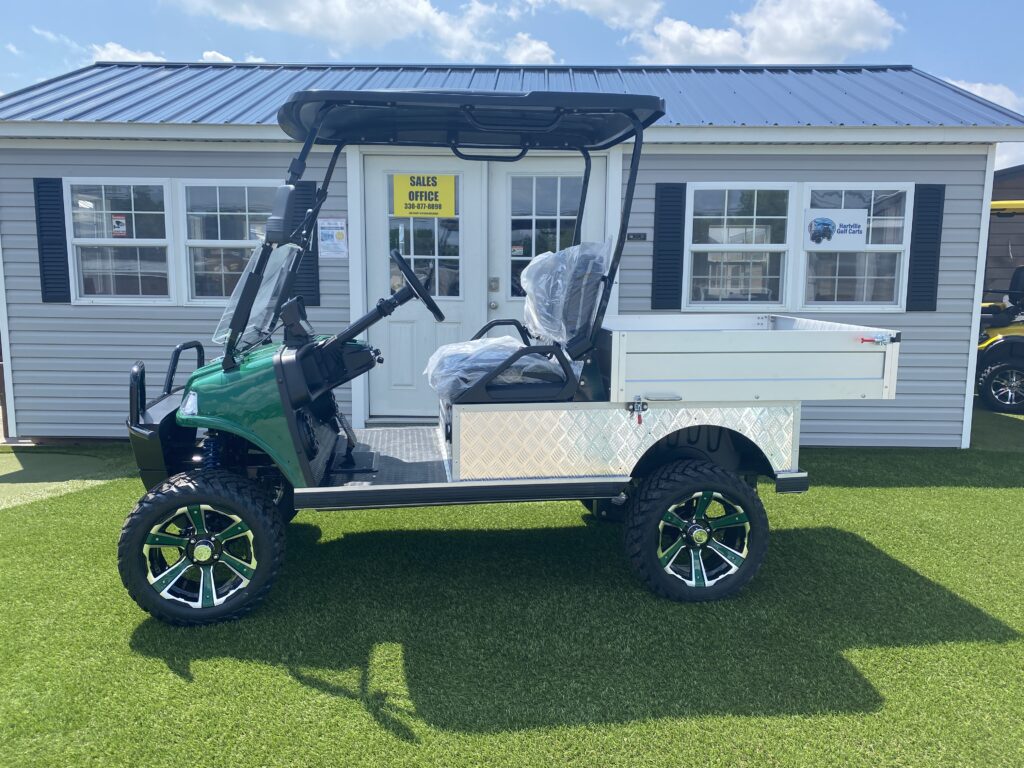
Vehicle Requirements for Low-Speed Vehicles (LSVs)
Understanding the specific requirements these vehicles must meet to ensure safety and compliance with regulations is essential. Here are some indispensable vehicle requirements typically associated with LSVs:
- Speed Limitation: LSVs are designed to operate at relatively low speeds, typically ranging from 20 to 25 miles per hour. Manufacturers must ensure that the vehicle’s maximum speed does not exceed this limit to comply with speed restrictions.
- Safety Features: All low speed vehicles must meet the safety standards. LSVs must be equipped with various safety features to protect occupants and pedestrians. These features often include seat belts, headlights, taillights, turn signals, rearview mirrors, and windshield wipers. Ensuring these safety components are present and functional is crucial for LSV compliance.
- Vehicle Classification: LSVs are classified as motor vehicles and must meet specific criteria set forth by regulatory authorities. These criteria may include vehicle dimensions, weight limits, and performance specifications. All Low speed vehicles must have a vehicle identification number. Manufacturers must adhere to these classification standards to ensure their vehicles qualify as LSVs.
- Energy Source: LSVs can be powered by electricity or gasoline, with electric models being more common due to their environmental benefits and energy efficiency. To minimize environmental impact, LSVs must comply with relevant emissions standards and regulations.
- Certification and Compliance: Manufacturers must obtain accreditation from regulatory agencies affirming that their vehicles meet all applicable safety and performance standards. LSVs must undergo regular inspections and maintenance to ensure ongoing compliance with regulations.
- Roadworthiness: LSVs intended for use on public roads must be roadworthy and meet all applicable road traffic regulations. Low speed street legal vehicles must have proper registration, licensing, and insurance requirements. Before operating an LSV on public roadways, owners should ensure that their vehicles comply with all legal requirements.
Understanding these vehicle requirements is essential for both manufacturers and users of low-speed vehicles. By adhering to these standards, LSVs can provide safe, efficient, and environmentally friendly transportation solutions for various applications.
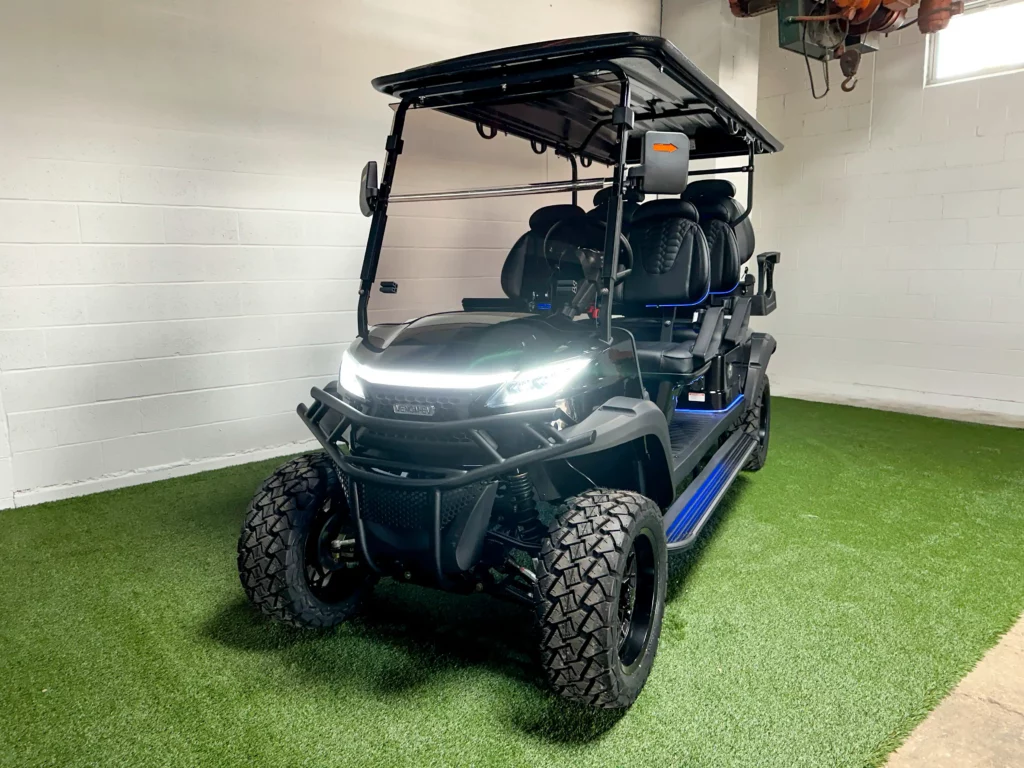
Insurance Considerations for Low-Speed Vehicles (LSVs)
- Liability Coverage: LSV vehicles may necessitate liability insurance. Low speed vehicle insurance is vital as it protects owners from financial responsibility for damages or injuries caused to others in accidents involving their LSV. Without liability coverage, owners could face significant out-of-pocket expenses or legal liabilities.
- Comprehensive and Collision Coverage: Comprehensive and collision coverage safeguards LSV vehicle owners against potential losses or damages to their vehicles. Comprehensive coverage protects against theft, vandalism, natural disasters, and other non-collision incidents. Opting for these additional coverages can provide peace of mind and financial protection in various scenarios.
- Usage Restrictions: Insurance providers often impose usage limitations on LSV policies based on the vehicle’s intended use. Owners must discuss their usage patterns with insurers to ensure adequate coverage. For instance, if the LSV is primarily used for recreational purposes or on private property, insurers may offer different coverage options or rates than those intended for public road use. Clarifying these details with insurers can help avoid coverage gaps or unexpected issues in the event of a claim.
- Legal Requirements: Before operating an LSV on public roads, it’s essential to verify and comply with local insurance requirements. Maintaining adequate insurance coverage could result in fines, penalties, or legal consequences. By understanding and adhering to these legal requirements, LSV owners can ensure compliance and protect themselves from potential legal and financial risks. Consulting with insurance providers or agents can clarify specific insurance mandates and coverage options further.
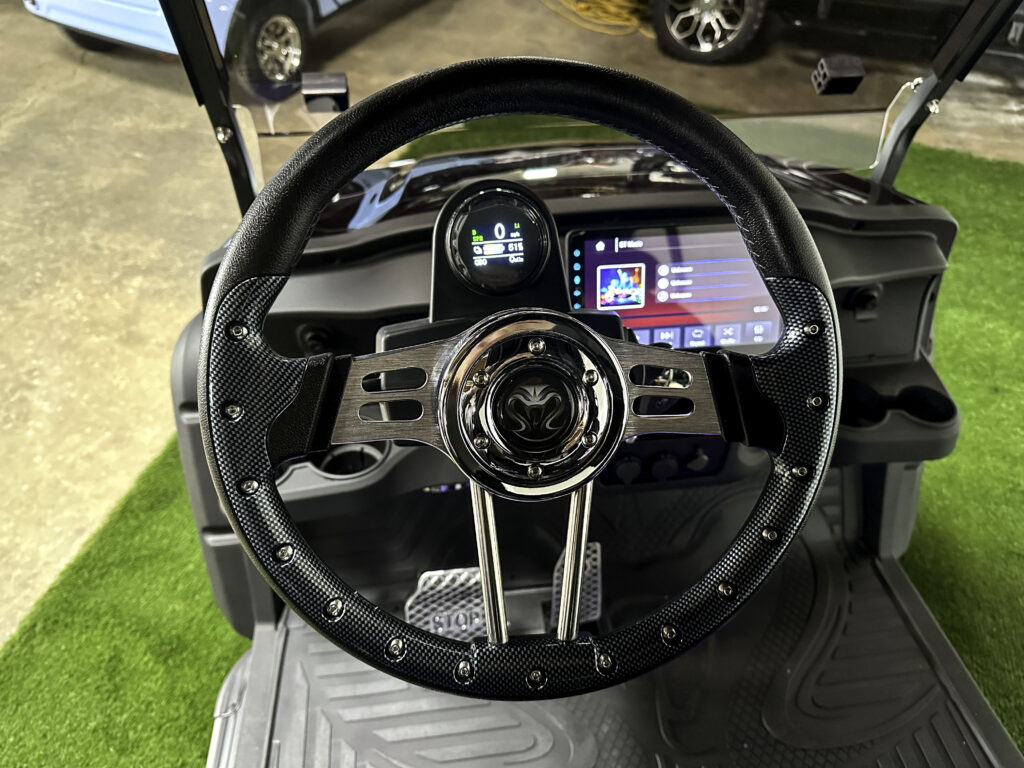
Where You Can Use a Low Speed Vehicle
LSVs can be used just about anywhere if not on public roads. They can be used on educational campuses, institutions, residential homes, golf courses, sports facilities, and more. They can be used for utility purpose should you want to work on the lawn or haul some outdoor furniture around. LSVs can be used for going to one place to another on bigger properties. Can be used for events as rentals and much more.
For it to be used on public roads, to answer this question, it goes into a legal construct. To briefly summarize and recognize, most States in the United States approve low speed vehicles for streets and secondary highways. Laws go from state to state when it comes to street legal LSVs and this is where you may want to check your state or local municipality laws.
Resources
To Conclude
If you are wondering what is a low speed vehicle, we hope this article answers this question. For it to be street legal, it is important to remember you need to check you state and local law before making an informed decision to buy with intent to use for the streets. Hartville Golf Carts is glad to help you understand LSVs better. If you need further information about purchasing a LSV, give us a call. We would be happy to point you in the right direction.





